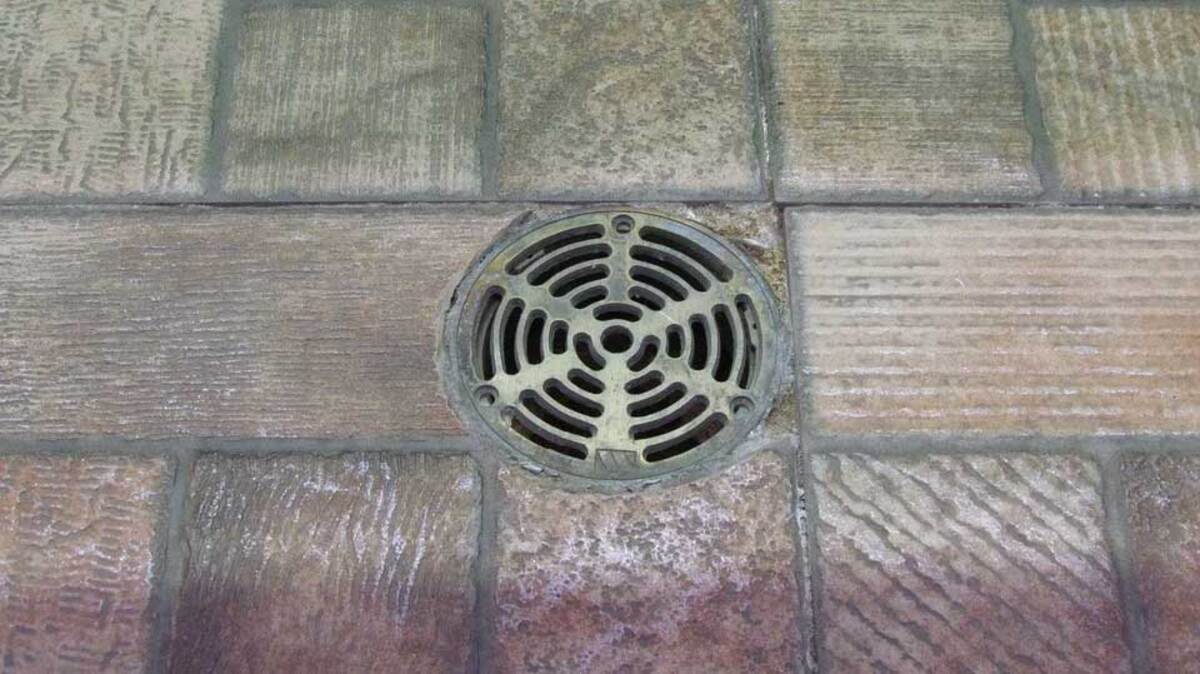

Articles
Where Do Basement Drains Go
Modified: February 24, 2024
Discover where basement drains go and how they are connected to the main sewer system with our informative articles on this topic.
(Many of the links in this article redirect to a specific reviewed product. Your purchase of these products through affiliate links helps to generate commission for Storables.com, at no extra cost. Learn more)
Introduction
Basement drains play a crucial role in maintaining the structural integrity of a building and preventing water damage. If you’ve ever wondered where those basement drains lead to, you’re not alone. In this article, we will explore the world beneath your home and uncover the mysteries of basement drains.
Understanding how basement drains work is essential for homeowners, as it allows them to make informed decisions about maintenance and repair. By gaining insight into the different types of basement drains and their functions, you can effectively manage water-related issues in your basement.
Basement drains are designed to carry away excess water that accumulates in the basement, whether through heavy rains, melting snow, or plumbing leaks. They are typically connected to the main sewer system or a sump pit and pump, depending on the design and age of your home.
Key Takeaways:
- Understanding the different types of basement drains, such as exterior, interior, gravity-driven, and sump pump-driven systems, is crucial for homeowners to effectively manage water infiltration and prevent costly damage to their homes.
- Regular inspection, cleaning, and addressing any issues promptly are crucial in preventing clogs, blockages, and other common drain problems. Proper maintenance of basement drains is key to their optimal performance and ensuring a dry and safe basement environment.
Read more: Where Do Gutters Drain To
Understanding Basement Drains
Basement drains are an essential part of any structure below ground level. They are designed to channel water away from the foundation and basement walls, preventing water damage and potential flooding. Understanding how basement drains function is crucial for homeowners to maintain a dry and structurally sound basement.
The primary purpose of basement drains is to collect and remove water that infiltrates the basement. This includes water from rain, groundwater, or plumbing leaks. They are typically installed at the lowest point of the basement floor, allowing water to flow naturally towards the drain. By efficiently removing excess water, basement drains help to mitigate potential moisture issues and prevent the growth of mold and mildew.
Most basement drains are connected to the main sewer system, where the collected water is directed to the municipal wastewater treatment facility. However, in some cases, especially in older homes, basement drains may be connected to a sump pit and pump system. This system collects water in the sump pit and then pumps it out and away from the foundation.
Basement drains are typically made of PVC or cast iron, both of which are durable and resistant to corrosion. They are often equipped with a trap to prevent sewer gas from backing up into the basement. The trap acts as a barrier, holding a small amount of water in a U-shaped bend to block the gases from entering the basement.
It’s important to note that basement drains are not designed to handle wastewater from bathrooms, kitchens, or laundry rooms. These waste pipes are separate from the basement drain system and connect directly to the main sewer line or septic system.
By understanding how basement drains operate, homeowners can take proactive measures to maintain their functionality and prevent basement water issues. Regular inspection, cleaning, and maintenance of basement drains are key to ensuring their optimal performance.
Types of Basement Drains
Basement drains come in various types, each with its own unique features and purposes. Understanding the different types of basement drains can help homeowners determine which system is best suited for their specific needs. Let’s explore some common types of basement drains:
- Exterior Basement Drains: As the name suggests, exterior basement drains are installed on the outside perimeter of the foundation walls. These drains are typically buried in the ground and help to prevent water from infiltrating the foundation. Exterior basement drains are commonly made of PVC or perforated pipes, which allow water to seep into the drain while filtering out debris. These drains are often connected to a sump pit and pump system to actively remove the collected water away from the foundation.
- Interior Basement Drains: Unlike exterior drains, interior basement drains are installed inside the basement. These drains are designed to manage water that enters the basement through the floor and walls. One common type of interior basement drain is the French drain, which consists of a perforated pipe placed in a gravel-filled trench along the perimeter of the basement. The French drain collects water and directs it to a sump pump for removal. Interior basement drains are an effective solution for managing water issues in existing basements without the need for extensive excavation.
- Gravity-Driven Basement Drain Systems: Gravity-driven basement drain systems rely on the natural force of gravity to move water away from the basement. These systems typically consist of a network of pipes with a slight slope, allowing water to flow towards the main drain. This type of basement drain system requires proper installation and regular maintenance to ensure efficient drainage.
- Sump Pump-Driven Basement Drain Systems: Sump pump-driven basement drain systems are commonly used in properties with high water tables or areas prone to flooding. These systems include a sump pit, where water collects, and a sump pump that automatically activates to remove the water when it reaches a certain level. The sump pump pumps the water out and away from the basement, preventing flooding and water damage.
Choosing the right type of basement drain depends on several factors, including the location of your home, the water table in your area, and the severity of basement moisture issues. Consulting with a professional plumber or basement waterproofing specialist can help you determine the most suitable type of basement drain system for your specific needs.
Exterior Basement Drains
Exterior basement drains are an integral part of keeping basements dry and preventing water damage to the foundation walls. These drains are installed on the outside perimeter of the foundation and play a crucial role in diverting water away from the basement.
The primary purpose of exterior basement drains is to intercept and redirect groundwater that would otherwise seep into the foundation walls. They are typically made of durable materials such as PVC or perforated pipes, which allow water to enter the drain while filtering out debris.
During the installation process, a trench is excavated along the foundation walls, and the exterior drain pipes are placed at the bottom of the trench. The drain system is then covered with gravel or aggregate to facilitate proper water flow. The trenches are positioned in such a way that they slope away from the foundation, ensuring that the collected water is directed away from the home.
Exterior basement drains are commonly connected to a sump pit and pump system, which actively removes the collected water away from the foundation. The sump pump keeps the water level in the pit low, preventing it from rising and causing potential flooding.
One advantage of exterior basement drains is their ability to effectively manage water before it reaches the foundation walls. By intercepting groundwater, the drains help to reduce hydrostatic pressure on the foundation, minimizing the risk of basement leaks and structural damage.
Maintaining exterior basement drains is essential to ensure their optimal performance. Regular inspection and cleaning can help prevent clogs caused by debris, roots, or sediment buildup. It’s important to keep the surrounding area clear of excess soil and vegetation that could obstruct the proper functioning of the drain system.
In areas where heavy rainfall or high-water tables are common, exterior basement drains are an essential component of a comprehensive waterproofing system. They work in conjunction with other basement waterproofing measures, such as waterproof coatings on the foundation walls and proper landscaping to direct water away from the home.
If you suspect issues with your exterior basement drains, it is advisable to seek the assistance of a professional waterproofing contractor. They can assess the condition of the drains, identify any potential problems, and provide the necessary repairs or maintenance to ensure the long-term functionality of the system.
Interior Basement Drains
Interior basement drains are an effective solution for managing water issues in existing basements without the need for extensive excavation. These drains are installed on the interior of the basement and are designed to collect and redirect water that enters through the floor or walls.
One common type of interior basement drain is the French drain. It consists of a perforated pipe that is placed in a gravel-filled trench along the perimeter of the basement. The perforated pipe allows water to enter and be carried away, while the gravel acts as a filter to prevent debris from clogging the drain.
The French drain system operates on the principle of gravity, as water naturally flows towards the lowest point. As water enters the basement, it is directed towards the French drain, where it can easily enter the perforated pipe. From there, water flows through the pipe and is redirected to a sump pump system for removal.
Interior basement drains are effective in managing water that enters through cracks in the foundation walls or seeps up through the basement floor. By capturing and redirecting this water, interior basement drains help to prevent moisture buildup, mold growth, and potential damage to the foundation.
Compared to exterior basement drains, interior basement drains are less invasive to install. They require minimal disruption to the surrounding landscape and do not involve excavation along the exterior of the foundation walls. This makes them a popular choice for homeowners who want to address basement water issues without major construction work.
Maintenance of interior basement drains usually involves periodic inspection and cleaning to ensure optimal functionality. Over time, debris, sediment, or roots may accumulate in the perforated pipe, obstructing water flow. Regular cleaning can help prevent clogs and ensure the drain system operates efficiently.
In areas where heavy rainfall or groundwater infiltration is common, interior basement drains may be combined with a sump pump system. The sump pump, installed in a pit, collects the water from the drain system and automatically pumps it out and away from the basement. This provides an added layer of protection against potential flooding and water damage.
If you are experiencing water issues in your basement and considering interior basement drains as a solution, it is recommended to consult with a professional basement waterproofing specialist. They can assess your specific situation, determine the best approach for your needs, and ensure that the installation is properly executed.
Basement drains typically connect to the main sewer line or a sump pump. It’s important to ensure they are properly maintained to prevent backups and flooding. Regular inspections and cleaning can help prevent costly water damage.
Gravity-Driven Basement Drain Systems
Gravity-driven basement drain systems are a common type of drainage system used to manage water in basements. These systems rely on the natural force of gravity to move water away from the basement and prevent moisture-related issues.
The key component of a gravity-driven basement drain system is the network of pipes that are installed with a slight slope. This slope allows water to flow downward, following the path of least resistance. The pipes are strategically placed to collect water from various areas of the basement and direct it towards the main drain.
Gravity-driven basement drain systems are typically installed in new construction or during major renovations where the floor can be sloped towards the main drain. They are commonly used in residential, commercial, and industrial buildings with basements.
One advantage of gravity-driven basement drain systems is their simplicity and low maintenance requirements. Since there are no mechanical components involved, such as sump pumps, there is less risk of system failure or breakdown. Additionally, these systems do not require electricity to function, making them more reliable in the event of a power outage.
However, it’s important to note that the effectiveness of a gravity-driven basement drain system heavily relies on proper installation and configuration. The slope of the pipes must be carefully calculated to ensure the water flows efficiently towards the main drain. A professional plumber or basement waterproofing specialist should be consulted to ensure the system is set up correctly.
Maintenance of gravity-driven basement drain systems typically involves regular inspection to ensure there are no clogs or obstructions in the pipes. Debris, sediment, or roots may accumulate over time, impeding water flow and reducing the system’s effectiveness. If any issues are identified, cleaning or clearing the pipes may be necessary to restore optimal drainage.
It’s important to note that gravity-driven basement drain systems are designed to handle normal amounts of water infiltration or minor seepage. In areas with high levels of groundwater or frequent heavy rainfall, additional measures may be needed to complement the gravity-driven drainage system. This can include the installation of a sump pump or other more advanced basement waterproofing solutions.
Consulting with a professional basement waterproofing specialist is recommended to assess your specific basement conditions and determine the most suitable drainage solution. They can provide expert advice, design the system as per your requirements, and ensure the installation is done correctly.
Sump Pump-Driven Basement Drain Systems
Sump pump-driven basement drain systems are commonly used in properties with high water tables or areas prone to flooding. These systems provide an efficient and reliable way to remove water from the basement, preventing damage and minimizing the risk of flooding.
The key component of a sump pump-driven basement drain system is the sump pit, a specially designed container that collects water from around the basement. The sump pit is typically installed at the lowest point of the basement floor and is equipped with a sump pump.
When water enters the sump pit, either through interior basement drains or natural groundwater seepage, the sump pump is automatically activated. The pump removes the water from the pit and pumps it out through a pipe or hose that leads away from the foundation and basement.
Sump pumps are available in various types, including submersible and pedestal pumps. Submersible pumps are placed inside the sump pit and can be completely submerged in water, while pedestal pumps are placed above the pit and have an extension shaft that reaches into the pit.
Sump pump-driven basement drain systems are typically set up to activate the pump at a certain water level, ensuring water is removed before it reaches a critical point and causes flooding. Some sump pump systems also include a backup power source, such as a battery or generator, to ensure the pump can continue operating during power outages.
Maintenance of sump pump-driven basement drain systems involves regular inspection and testing of the pump to ensure it is functioning properly. The sump pit should be kept clean and clear of debris that could clog the pump or impede its performance.
In areas with frequent heavy rainfall or high water tables, it is recommended to have a professional inspect and service the sump pump on an annual basis. This can help identify any potential issues and ensure the pump is in good working condition when needed.
Sump pump-driven basement drain systems provide homeowners with peace of mind, knowing that excess water will be efficiently removed from the basement, reducing the risk of water damage and mold growth. However, it’s important to note that a sump pump is not a solution for all basement water issues. Properly addressing exterior water management, such as grading, gutter systems, and exterior drainage, is also crucial in preventing water infiltration.
Consulting with a professional basement waterproofing specialist is recommended to determine if a sump pump-driven basement drain system is the right solution for your specific basement conditions. They can assess your needs, design and install a system that suits your requirements, and provide ongoing maintenance to ensure its effectiveness.
Maintenance of Basement Drains
Maintaining basement drains is crucial to ensure their optimal functionality and prevent water-related issues in your home. By following proper maintenance practices, homeowners can keep their basement drains in good condition and effectively manage water infiltration. Here are some essential maintenance tips for basement drains:
- Regular Inspection: Periodically inspect your basement drains to check for any signs of damage, blockages, or leaks. Look for cracks in the pipes, debris buildup, or standing water around the drain. Identifying issues early on can help prevent major problems down the line.
- Clean the Drains: Over time, debris, sediment, and even tree roots can accumulate in basement drains, obstructing water flow. Regularly clean the drains to remove any clogs. You can use a plumber’s snake or a specially designed drain cleaning tool to clear out debris. Avoid using harsh chemicals that may damage the pipes.
- Maintain Proper Grading: Ensure that the surrounding landscape is properly graded away from your home’s foundation. Improper grading can cause water to pool around the foundation, increasing the risk of basement water issues. If necessary, adjust the soil elevation or install drainage solutions to redirect water away from your home.
- Keep Gutters and Downspouts Clean: Clogged gutters and downspouts can lead to excessive water runoff around your foundation. Regularly clean out gutters and downspouts to prevent debris from blocking the flow of water. Install gutter guards if necessary to reduce the frequency of cleaning.
- Install Proper Drainage Systems: Consider installing additional drainage solutions, such as French drains or exterior perimeter drains, to supplement your basement drain system. These systems can help manage excess water and prevent it from infiltrating your basement.
- Test Your Sump Pump: If you have a sump pump-driven basement drain system, test the pump regularly to ensure it is functioning properly. Check the float switch to ensure it activates the pump when the water level rises. Consider installing a backup power source, such as a battery or generator, to keep the pump operational during power outages.
- Address Plumbing Leaks Promptly: If you notice any plumbing leaks in your basement, address them promptly. Leaking pipes can contribute to moisture buildup and put additional strain on your basement drain system.
- Consult with Professionals: If you are unsure about the condition of your basement drains or require more extensive maintenance, consult with a professional plumber or basement waterproofing specialist. They can assess your system, identify any underlying issues, and provide the necessary repairs or maintenance.
By following these maintenance practices, you can ensure the effectiveness of your basement drain system and protect your home from water damage. Regular inspection, cleaning, and addressing any issues promptly are key to maintaining a dry and functional basement.
Common Basement Drain Problems
Basement drains play a crucial role in preventing water damage and maintaining the integrity of your home’s foundation. However, like any system, basement drains can experience problems that may impair their functionality. Understanding these common basement drain problems can help homeowners identify issues early and take appropriate measures to resolve them. Here are some of the most common basement drain problems:
- Clogs and Blockages: Debris, dirt, roots, and sediment can accumulate in basement drains, leading to clogs and blockages. This can cause water to backup or slow down, potentially resulting in basement flooding or leaks. Regular cleaning and maintenance are vital to prevent clogs and ensure proper water flow.
- Cracked or Damaged Pipes: Basement drain pipes can develop cracks or experience damage due to shifting soil, freezing temperatures, or age. Cracked pipes can allow water to escape, leading to moisture issues in the basement. It’s important to inspect the pipes regularly and repair or replace any damaged sections to prevent further damage.
- Tree Root Intrusion: Tree roots are attracted to sources of moisture, including basement drain pipes. Over time, roots can infiltrate the pipes, causing blockages and potentially damaging the integrity of the drain system. Professional assistance may be required to remove the tree roots and repair any damage caused.
- Faulty Sump Pump: Sump pumps are an essential component of sump pump-driven basement drain systems. A malfunctioning or improperly working sump pump can lead to basement flooding during times of high water levels. Regular maintenance and testing of the sump pump are crucial to ensure its proper functioning.
- Improper Installation: Poorly installed basement drain systems can cause various problems, including inadequate water flow, incorrect pipe slope, or improper connection to the main sewer line. Improper installation can lead to water backup and basement flooding. Consulting with a professional during the installation phase can help avoid these issues.
- Collapsed Drain Pipes: In some cases, basement drain pipes can collapse due to external pressure or structural issues. This can result in blocked or non-functional drains. Repairing or replacing the collapsed pipes may require excavation and professional assistance.
- Improper Maintenance: Neglecting regular maintenance and cleaning of basement drains can contribute to many of the problems mentioned above. Regular inspections, cleaning, and maintenance are essential to ensure the longevity and functionality of your basement drain system.
If you encounter any of these common basement drain problems, it is advisable to seek the assistance of a professional plumber or basement waterproofing specialist. They can assess the issue, provide guidance on the best course of action, and perform the necessary repairs or maintenance to restore the functionality of your basement drain system.
Remember, early detection and prompt resolution of basement drain problems can help prevent more extensive damage and costly repairs in the future.
Read more: How To Clean Basement Drain
Conclusion
Basement drains play a critical role in maintaining a dry and structurally sound basement. Understanding the functionality and maintenance of basement drains is essential for homeowners to effectively manage water-related issues and prevent costly damage to their homes.
We explored various aspects of basement drains, including their types, such as exterior and interior drains, and gravity-driven and sump pump-driven systems. Each type of drain serves a specific purpose and offers unique benefits. By choosing the right type of basement drain system for your needs and ensuring proper installation, you can effectively manage water infiltration in your basement.
Maintenance of basement drains is key to their optimal performance. Regular inspection, cleaning, and addressing any issues promptly are crucial in preventing clogs, blockages, and other common drain problems. Additionally, proper grading, gutter maintenance, and addressing plumbing leaks can help minimize the strain on your basement drain system.
It’s important to note that while basement drains are an essential part of basement waterproofing, they should not be solely relied upon for complete protection. Proper exterior water management, including grading, gutter systems, and exterior drainage solutions, should also be considered to prevent water infiltration at its source.
Consulting with professionals, such as plumbers or basement waterproofing specialists, can provide invaluable expertise and guidance in maintaining and troubleshooting basement drains. They can assess your specific situation, recommend the most suitable drainage solutions, and assist with proper installation and ongoing maintenance.
By being proactive in maintaining your basement drains and addressing any issues promptly, you can ensure a dry and safe basement environment. This not only helps protect your home from water damage and structural issues but also provides peace of mind for you and your family.
Remember, a well-maintained basement drain system is the key to a dry and functional basement, providing you with a valuable living space and protecting your investment in your home.
Frequently Asked Questions about Where Do Basement Drains Go
Was this page helpful?
At Storables.com, we guarantee accurate and reliable information. Our content, validated by Expert Board Contributors, is crafted following stringent Editorial Policies. We're committed to providing you with well-researched, expert-backed insights for all your informational needs.
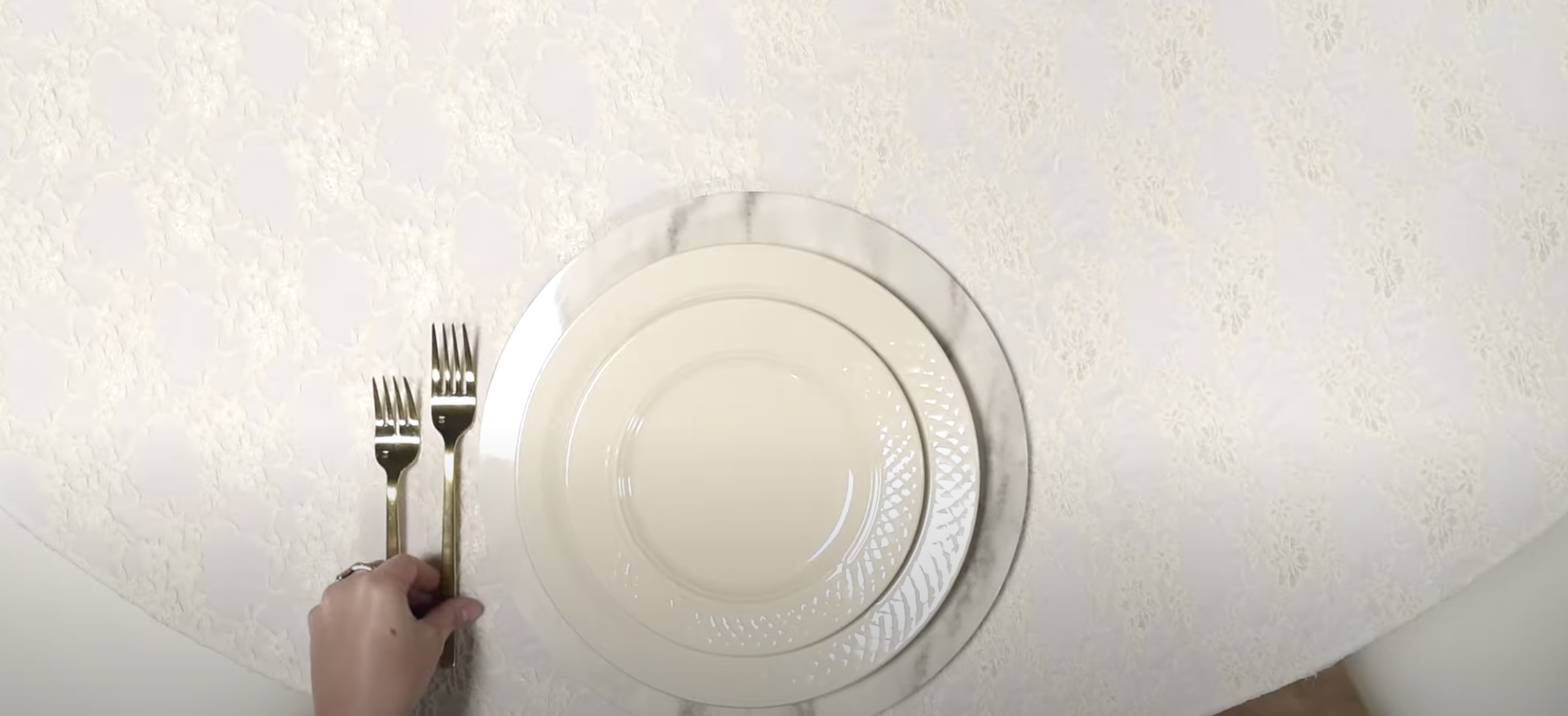
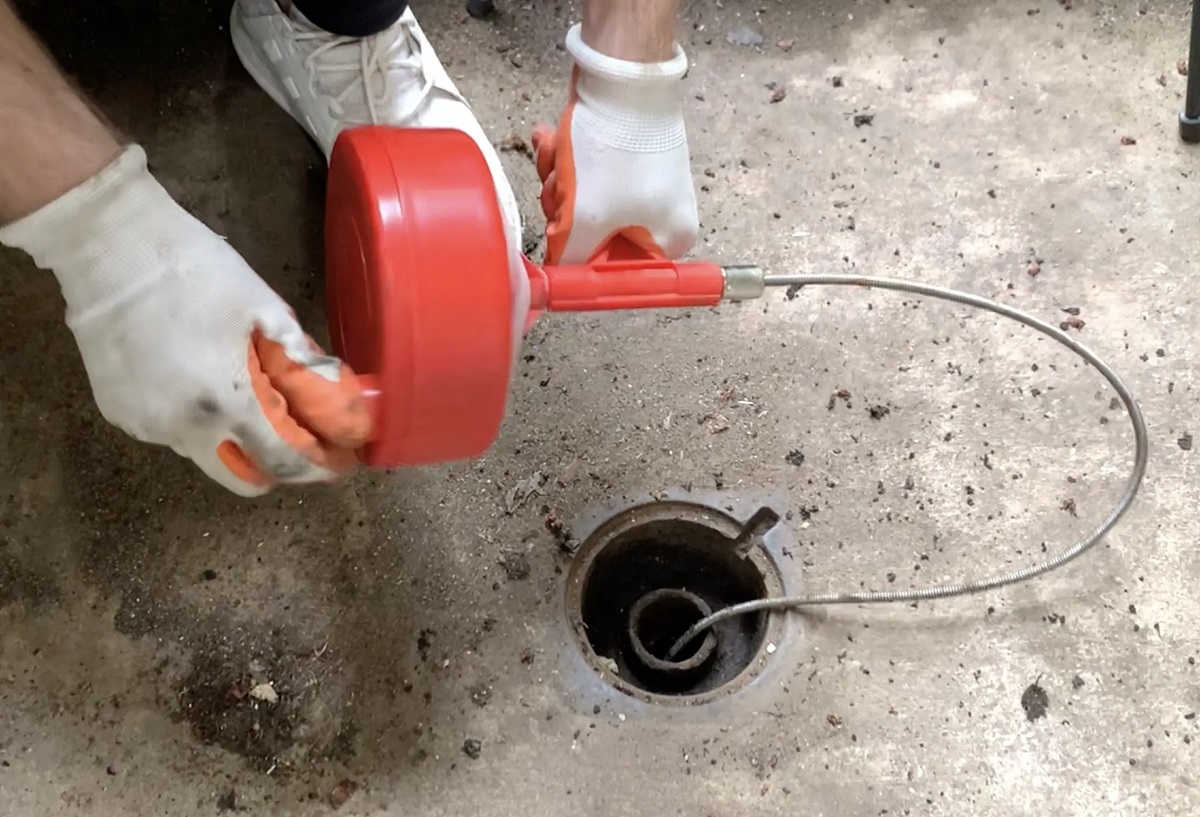
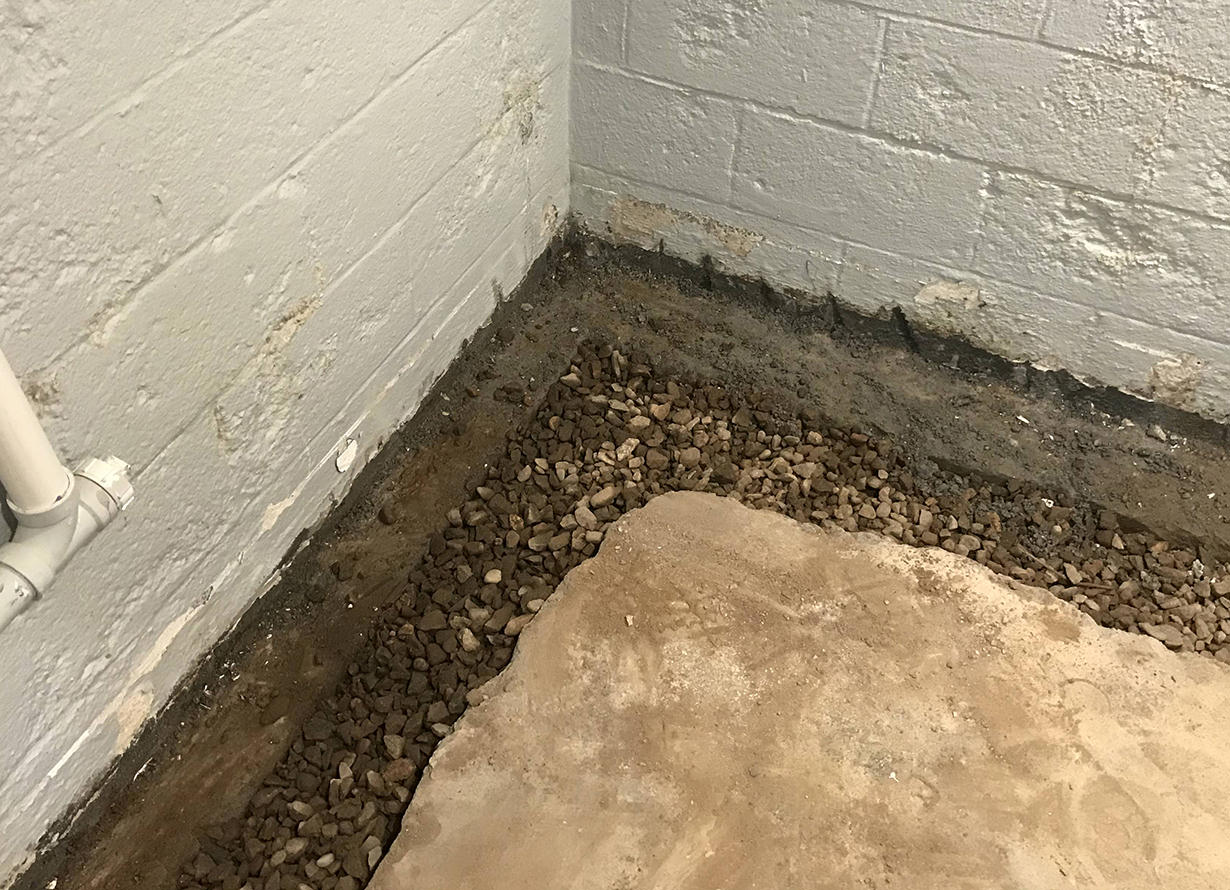
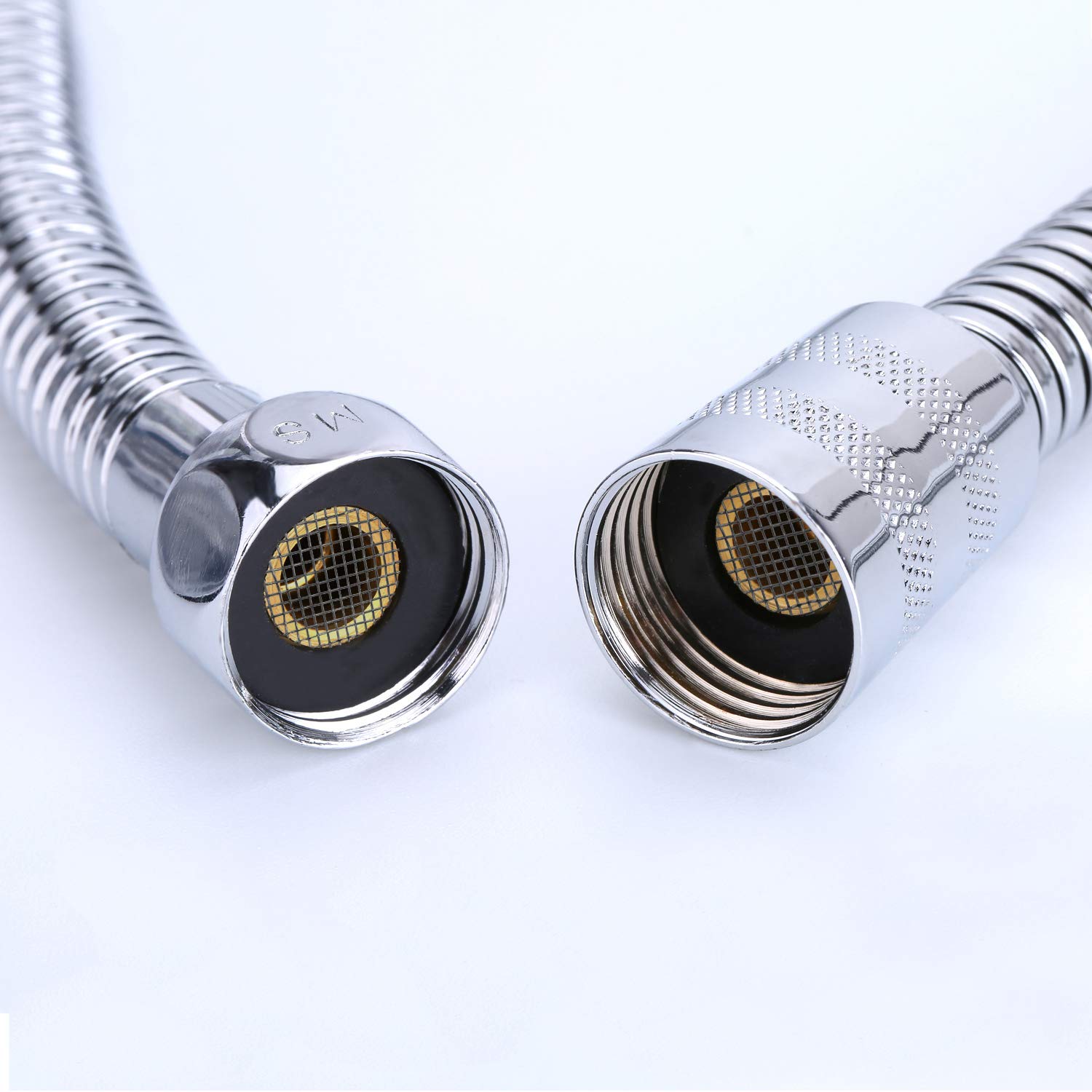
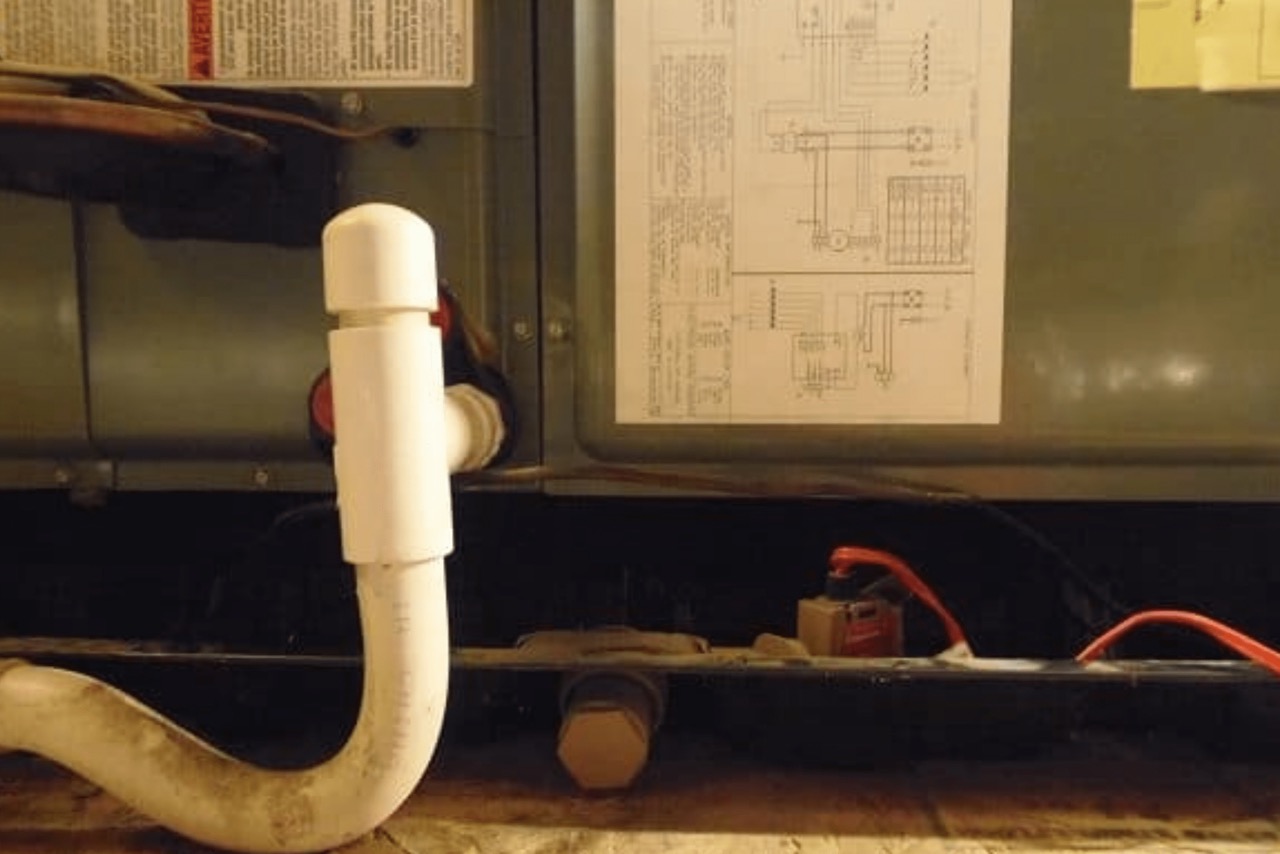
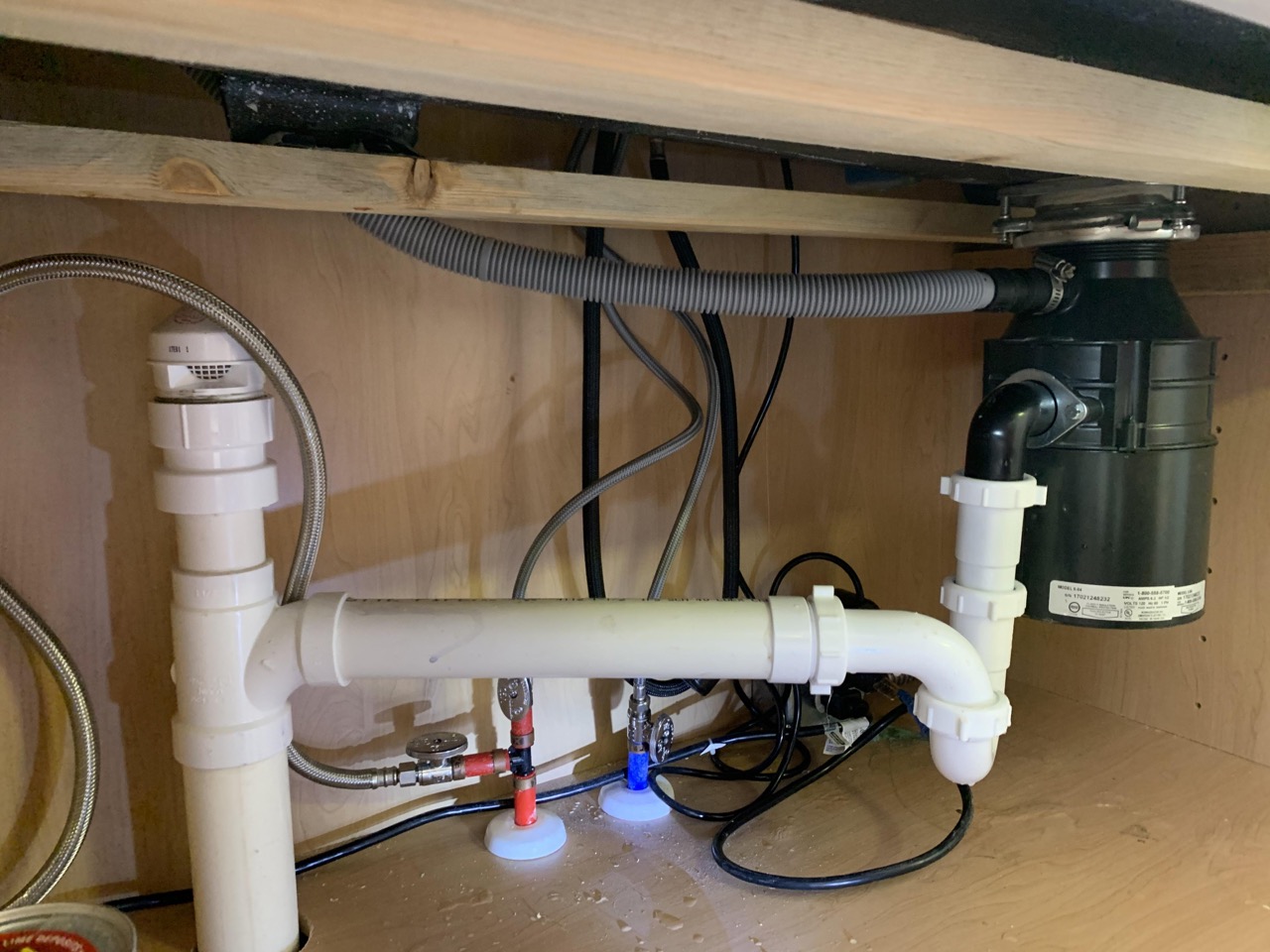
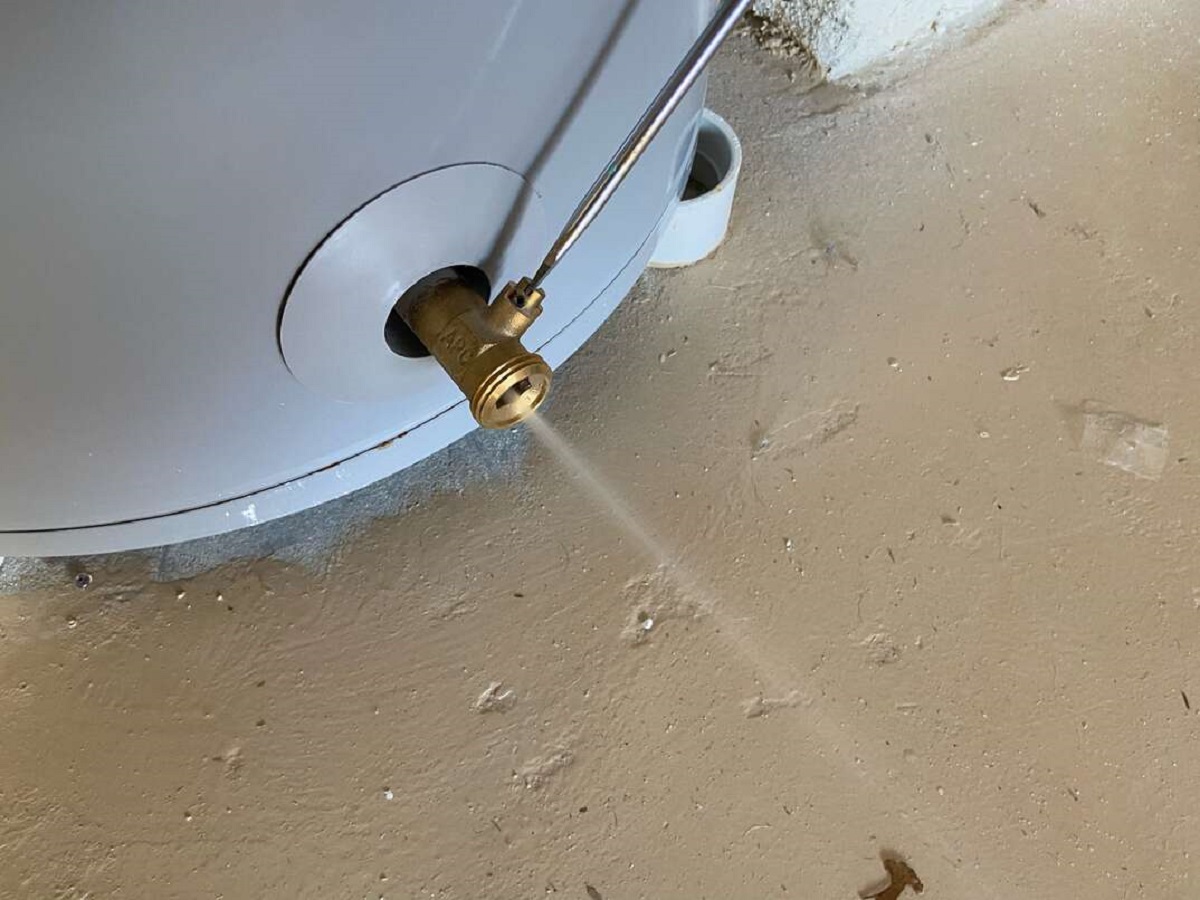

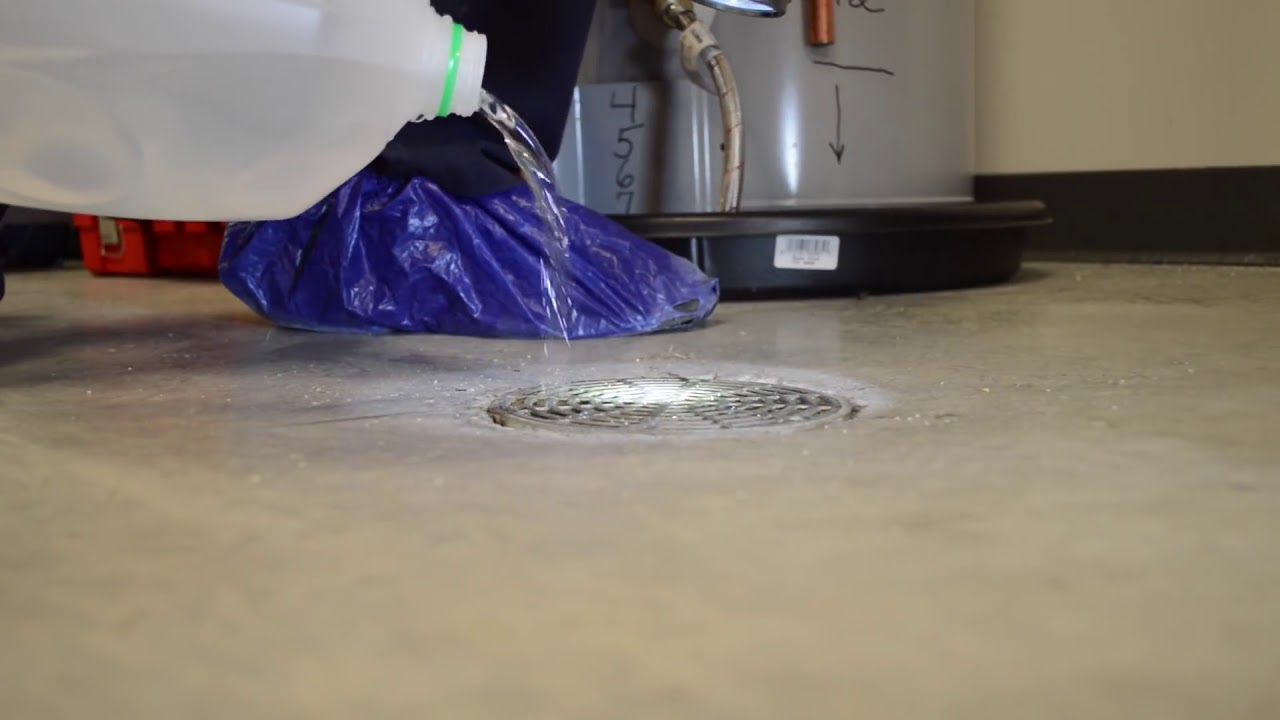
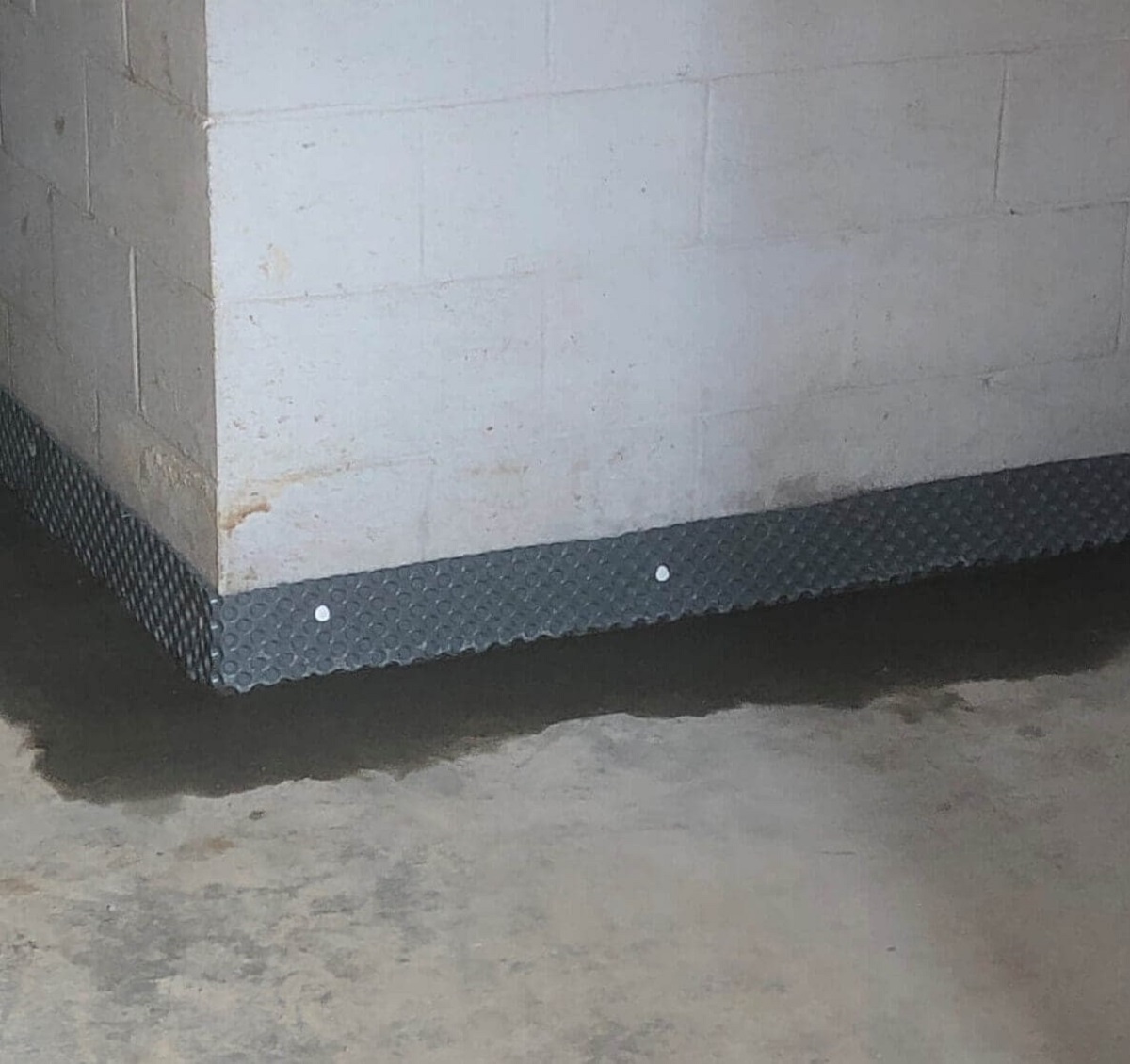
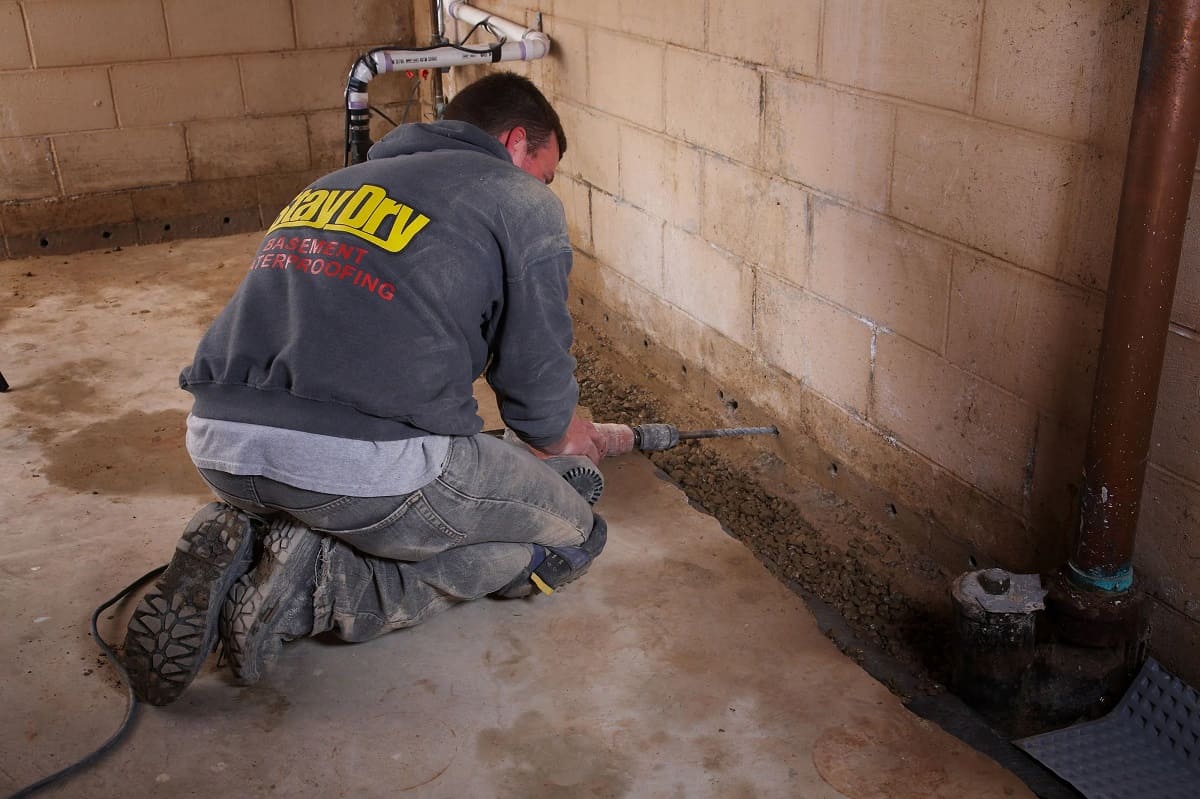
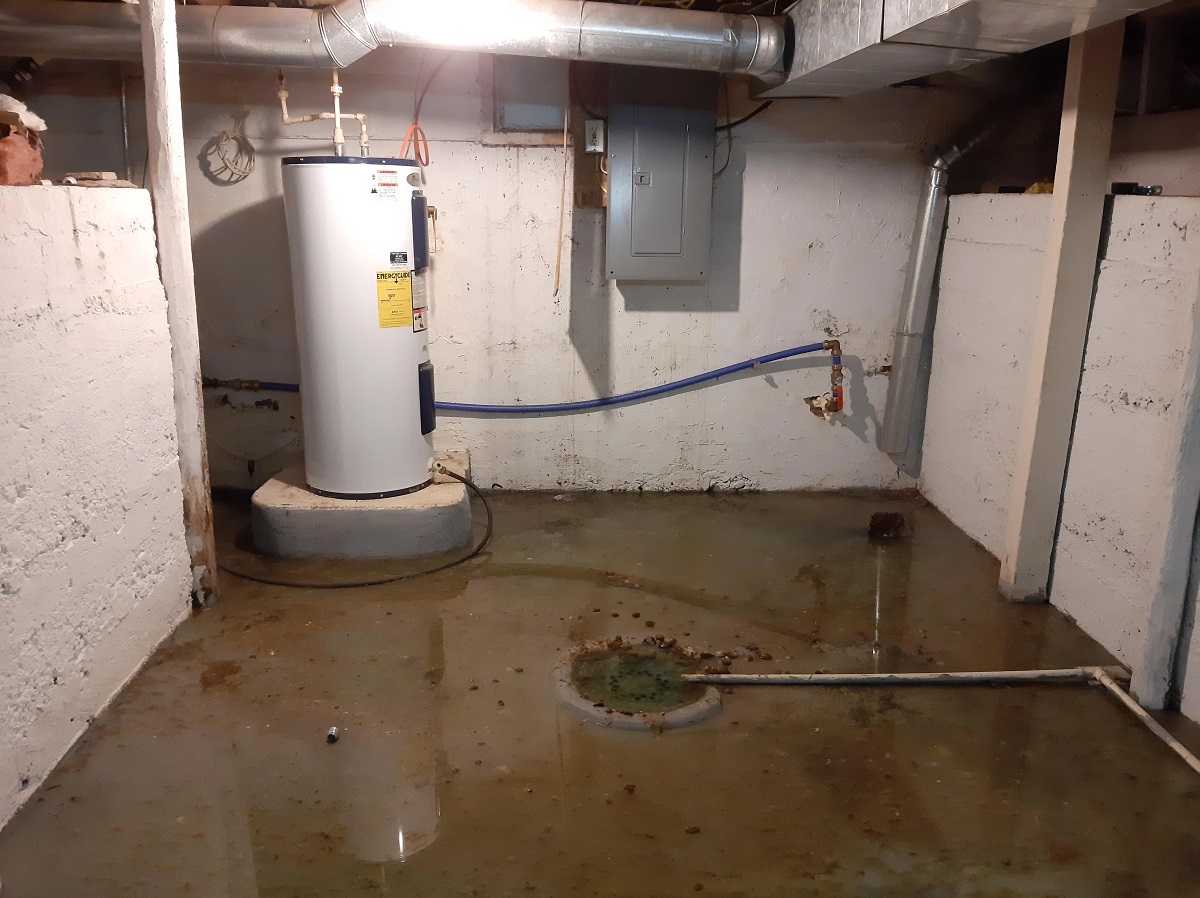
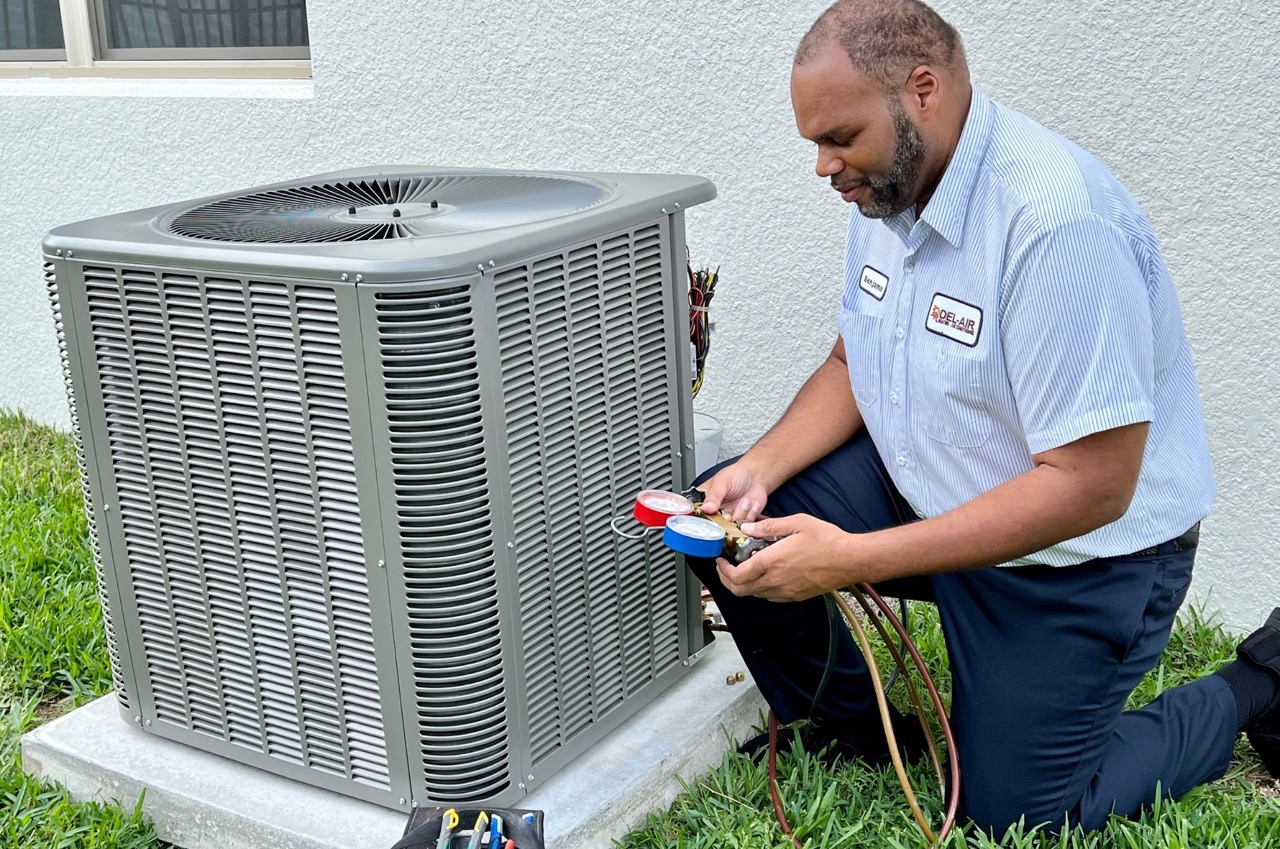

0 thoughts on “Where Do Basement Drains Go”